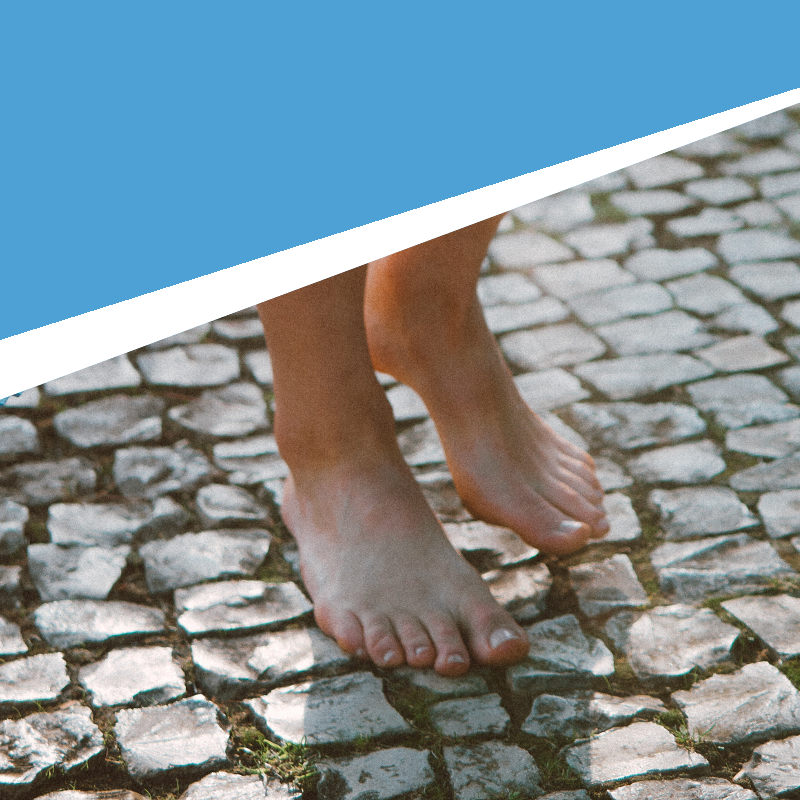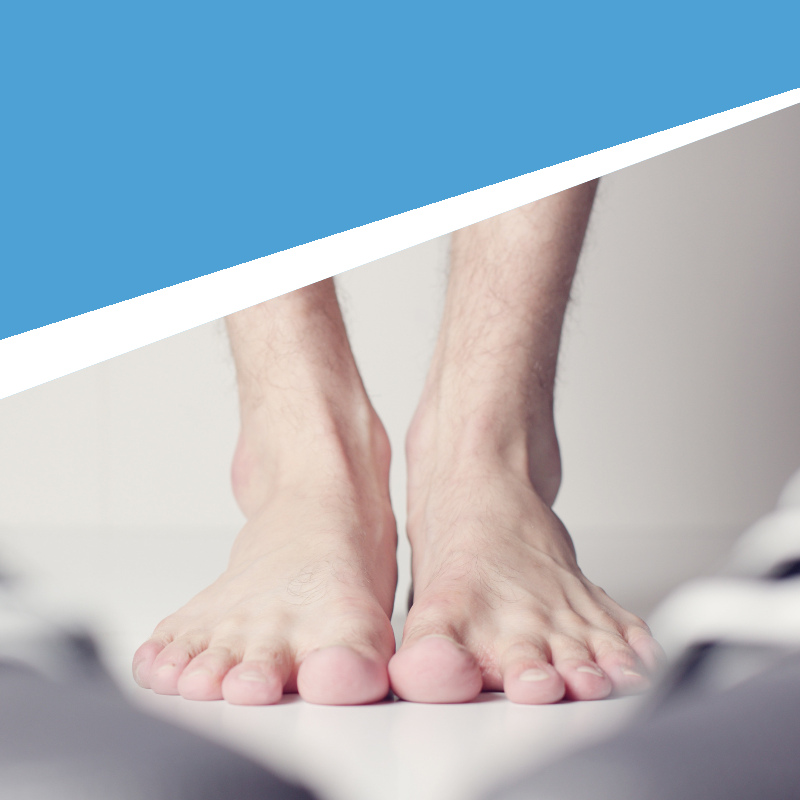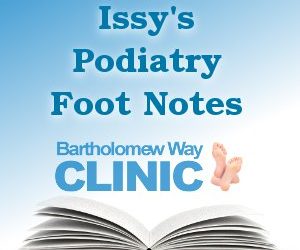A bunion (or Hallux valgus) is a condition of the big toe joint (or the 1st metatarsophalangeal joint) where it presents as a prominent bump on the side of the foot. There are many factors involved in its development such as pointed or high heeled shoes, foot mechanics (congenital or hereditary in origin) and injury.

The term hallux valgus actually describes the big toe (the hallux) and its position (valgus- meaning the toe points away from the midline of the body). This is a simple term which describes a condition with a variety of complications.
At first the joint may show as an irritated, swollen skin area that is constantly caught between the shoe and the joint beneath. The deformity may become more pronounced (but not always). As time goes by, the pressure may result in a thickening of the joint edge, creating an even larger lump to rub against the shoe.
The problems experienced can include:-
- Discomfort as the side of the foot is rubbed by the shoe.
- The formation of corns and calluses
- The cosmetic appearance can worry its owner.
- Finding appropriate shoes to accommodate the foot comfortably, especially for women who want to wear something more fashionable.
- The toe deformity may push the second toe upward, causing it to then be rubbed by the shoe.
Treatment options include the following:-
- Advice on shoe design.
- Shoe stretching , width or specific dome stretching, over the affected toes to better accommodate the foot shape.
- Clinical reduction of associated callus and corns.
- Padding to protect prominent joints or to improve toe position where possible.
- Orthotics to improve or stabilize foot function and off load the big toe joint.
- Shoe modifications to augment orthotic control.
- Surgery for cases that do not respond to conservative treatment. The aim of which is to improve toe joint function where the surgeon feels it is appropriate.



